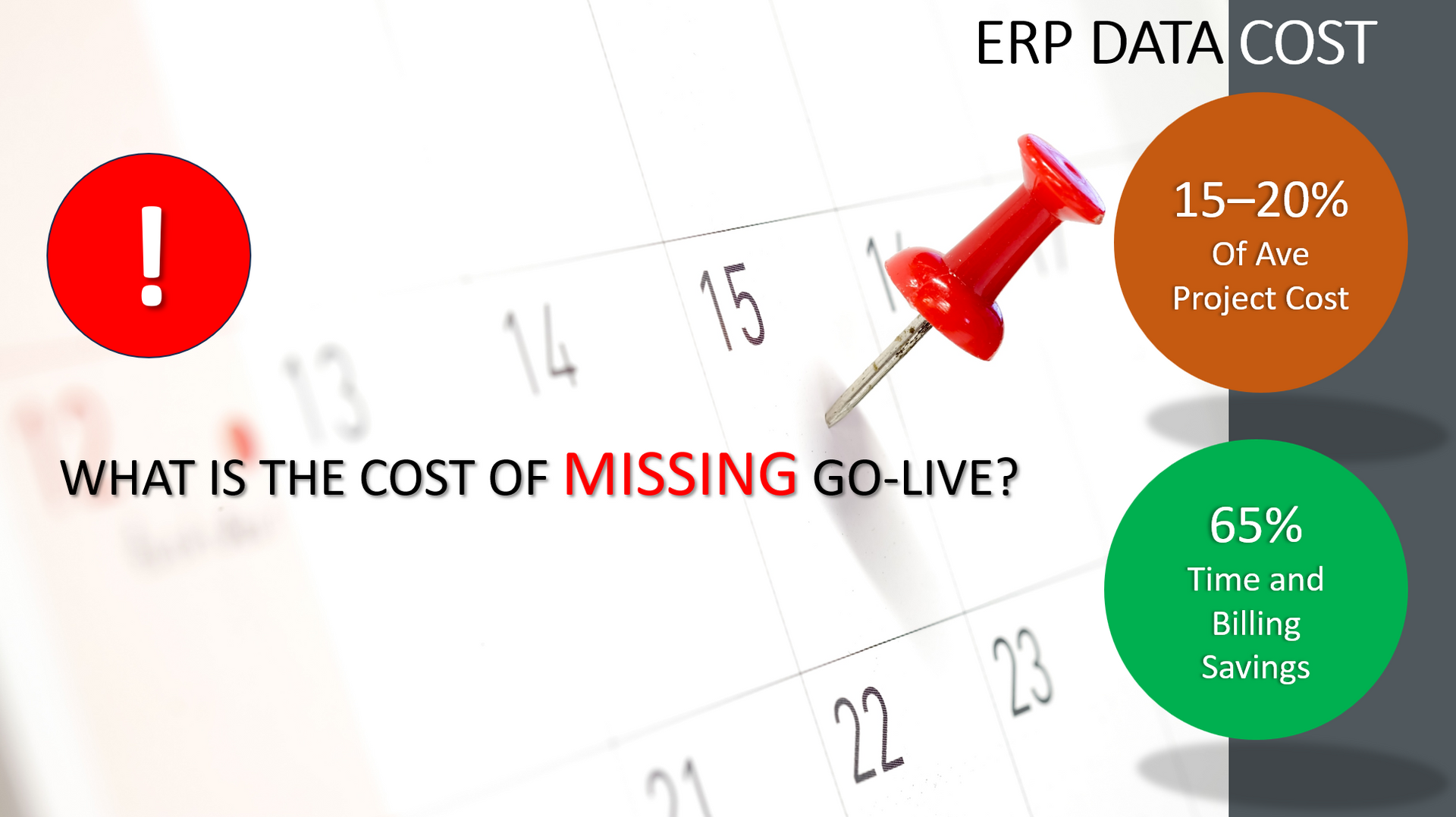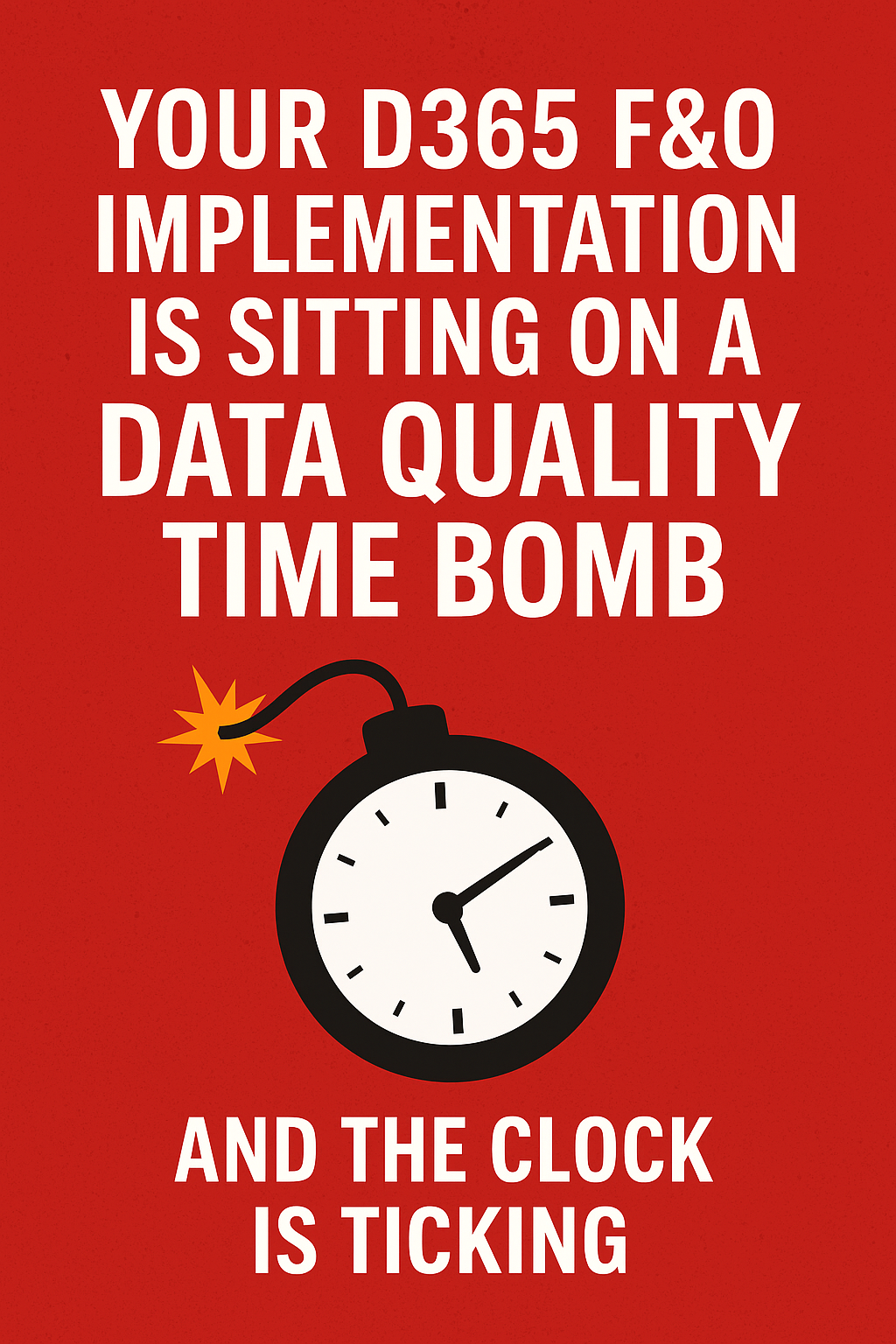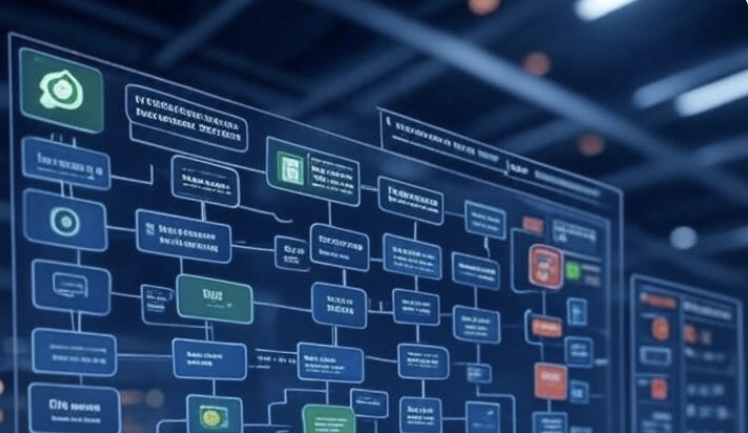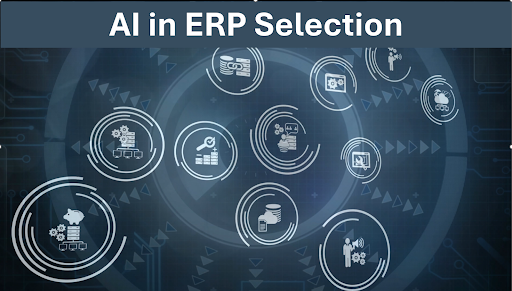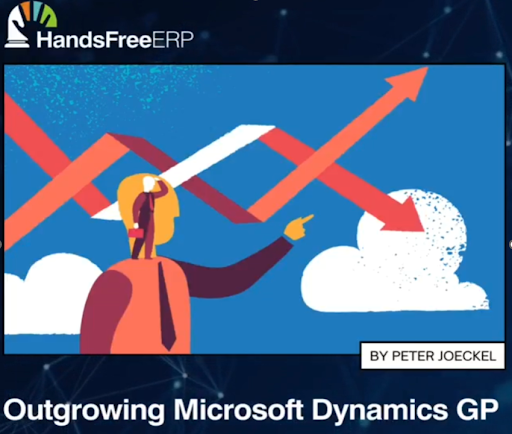Beyond AP Automation - The Good, the Bad, and the Ugly
Beyond AP Automation - The Good, the Bad, and the Ugly
HandsFree ERP is a dramatically different approach to the data capture and automation market for Microsoft Dynamics ERP solutions. It includes AP Automation but is so much more. In the following series of blogs we lay out these differences.

- In our previous blog, AP Automation – The Tip of the Data Capture Iceberg, we discussed the data capture and automation industry and how popular AP Automation solutions are a tiny subset of the ERP data capture and automation universe.
We posited that these solutions have been successful because of a couple of simple reasons:
AP is relatively easy to automate in comparison to other business flows. - Many vendors are enjoying success with their AP automation tools, and the market is not yet saturated.
Because of the number of companies offering AP Automation solutions and doing so successfully for many years, they have proven the value of data capture and automation universe.
However, that success has created bloated, expensive, and inflexible offerings limited to a tiny segment of the ERP data capture and automation universe.
Here are the primary issues with the current AP Automation products in the mid-market ERP space:
Bloat – if I want a clean and straightforward solution that replaces the manual entry processes associated with my accounts payable process, why do I have to buy a bunch of duplicate functionality or rely on old technology? The primary offenders:
Maybe I don’t want another workflow software when I am happy with my manual processes or the existing workflow in my ERP platform.- Document management. Why do I want to add another document management system when ERP vendors have worked so hard to implement those in their solutions?
- If your AP solution relies on SharePoint, then the question I would ask is, “do you also support Access and DB3”?
Do you think all of that extra functionality is free? Easy to install? Inexpensive to upgrade and keep running?
If I bought all of this “stuff” to automate AP invoices and now I am ready to move onto another document-intensive workflow, it should be a snap. Sadly, that’s not the way it works.
In addition to those “minor issues,” the vast majority of AP Automation solutions work with multiple ERP products. For a moment, forget about the problems associated with a lack of focus and ask this simple question. If you work with various ERP software packages, and are planning to migrate to a new solution – will your AP automation solution move with you? Go ahead and ask, I’ll wait.
If you are interested in a simple solution to this set of limitations for current AP Automation solutions, our next blog digs deep under the covers of the AP Automation market and finds a remarkably flexible and cost-effective solution hiding in plain sight.
AP Automation – The Better Mousetrap. Peter Joeckel, President of TurnOnDynamics, a Microsoft Dynamics consultancy specializing in providing senior functional and technical resources for Microsoft Dynamics ERP.
TurnOnDynamics is the premier implementation and integration partner for HandsFree data capture and automation solutions for Microsoft Dynamics ERP clients.
HandsFree ERP is dedicated to supporting clients with their ERP initiatives, enabling companies to seamlessly connect users with their ERP partners. By utilizing skilled professionals, streamlined processes, and cutting-edge tools, HandsFree ERP significantly boosts the success rates of ERP projects.





